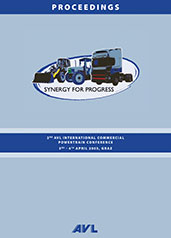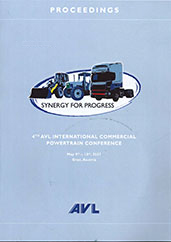Technical Paper
"Electro Gyro-Cator" New Inertial Navigation System for Use in Automobiles
1983-02-01
830659
The Electro Gyro-Cator allows a driver to monitor his progress, plot and follow courses to a destination, select alternate routes, and drive more safely on unfamiliar roads or at night. Employing a sealed helium gas-rate gyro, the Electro Gyro-Cator offers visual display (CRT display) of a car's present location, direction and route, with overlay maps for fast, simple route selection and monitoring. The primary elements of the unit include trip and direction sensors, a 16-Bit central processing unit, a CRT display screen and a collection of transparent overlay maps fitted to the screen.




